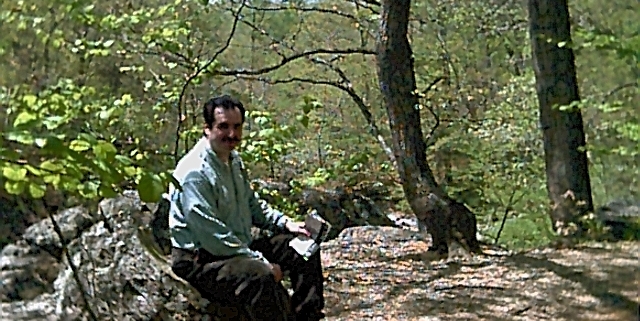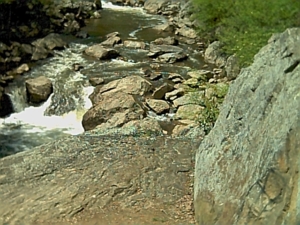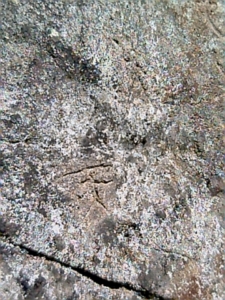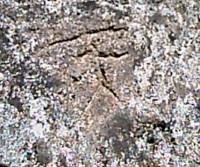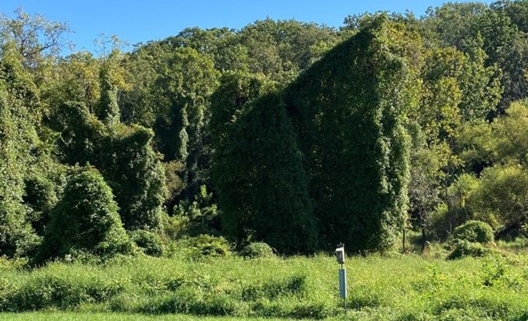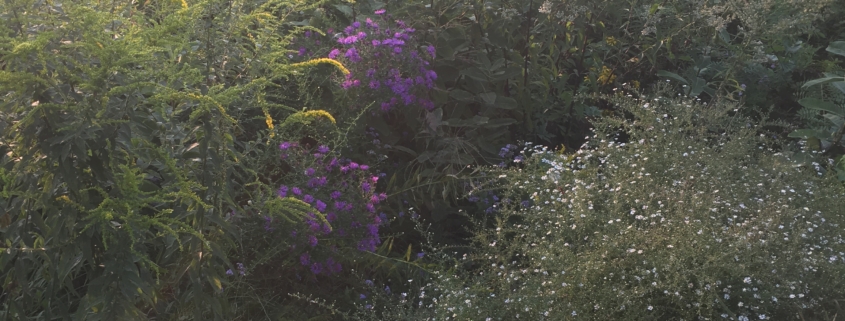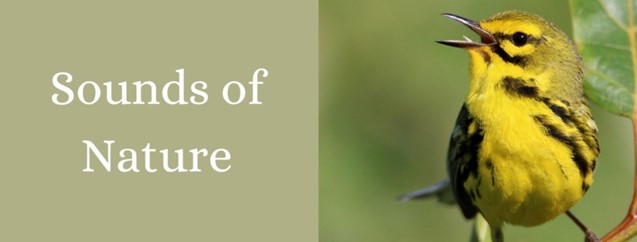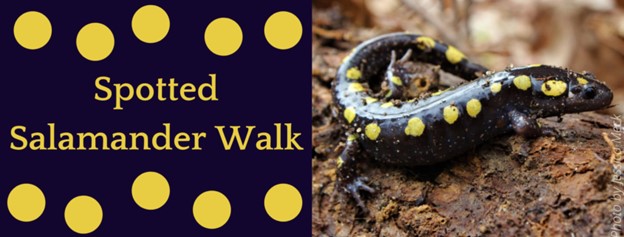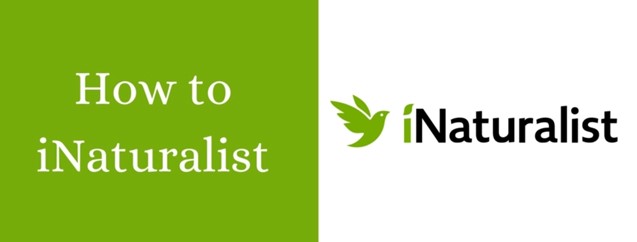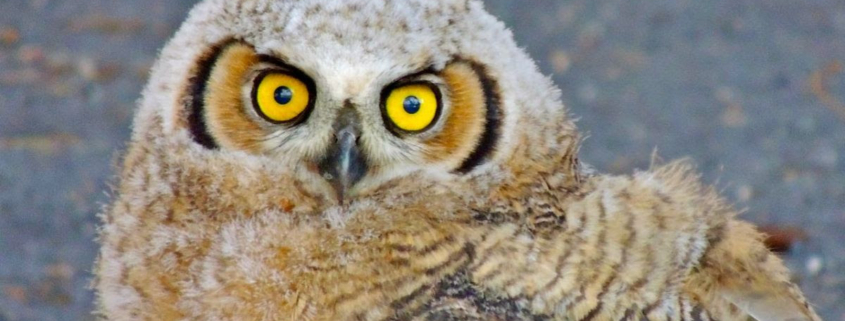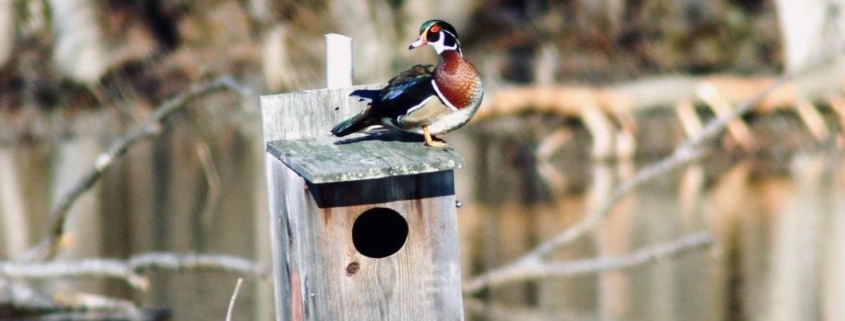FCPS Science Fair Judges Needed, Various Dates
Image courtesy of FCPS.
Fairfax County Public Schools (FCPS) is looking for science experts to judge their Fairfax County Science Fairs across the county.
Local FCPS Science Fair Judges
— Local high schools are looking for judges for their individual fairs.
— Judges do not need any prior experience judging but should have a background in science.
Regional Science Fair Category Judges
— Saturday, March 16, 2024 at Robinson Secondary School, 5035 Sideburn Road, Fairfax, VA
— Judges need to have an education and expertise in one of the many categories at Regional Fair.
— All interested parties are encouraged to apply but should preferably hold an advanced degree or possess extensive academic and/or professional experience in a science or engineering category.
— Chairpersons are needed to oversee the judging for each category.
— Parents, teachers, and family friends are not allowed to judge in categories in which their child, student, or family friend’s child is competing.
Please fill out this Google Form to indicate how you’re interested in supporting FCPS Science Fairs.



